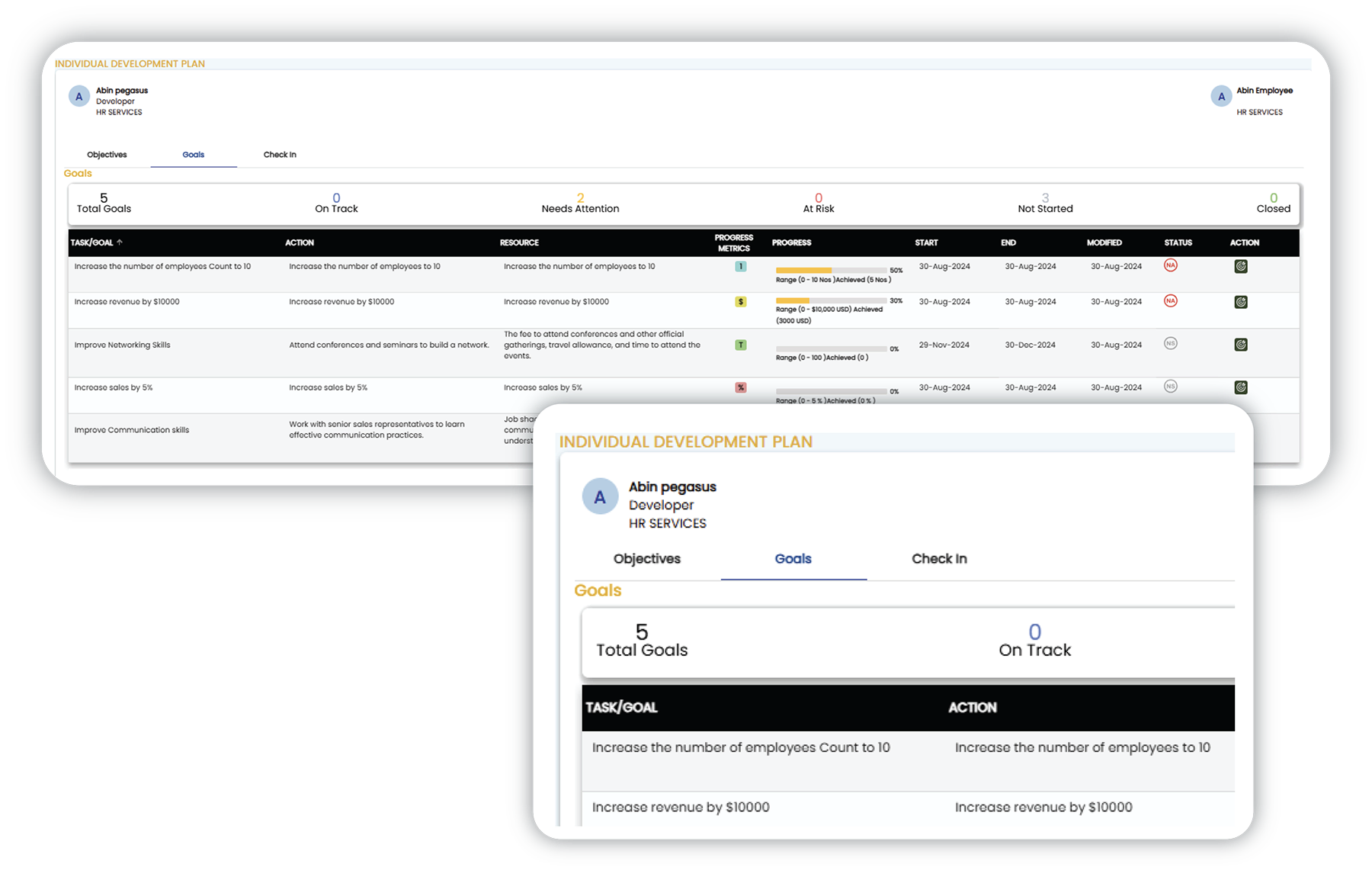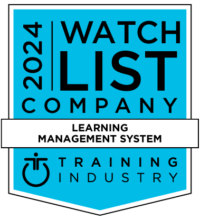
Individual Development Plan (IDP)
Help employees achieve short-term and long-term career goals.
Connecting career goals to organizational goals.
An Individual Development Plan (IDP) is a powerful tool designed to help employees define career goals and map out the steps necessary to achieve them. An Individual Development Plan is more than just a career tool—it’s a strategic advantage for both employees and organizations. It promotes growth, boosts performance, and creates a culture where continuous learning and improvement are the norms. By keeping performance metrics in check and actively supporting employee development, organizations set the stage for long-term success. Leverage IDP metrics from performance reviews, feedback loops, and even real-time data from ReviewCloud’s performance management tools.

What is an Individual Development Plan?
An Individual Development Plan (IDP) is a powerful tool designed to help employees define their career goals and map out the steps necessary to achieve them. It’s not just a static document; an IDP is an evolving guide that highlights personal development, skill-building, and performance improvements.
For employees, it’s a tailored roadmap to enhance strengths, close skill gaps, and ultimately, achieve their full potential within the organization.
Benefits of an Individual Development Plan (IDP)
For Employees
- Career Path Clarity Employees know where they’re headed, which boosts motivation and engagement.
- Skill DevelopmentIDPs identify the skills needed for career advancement and provide opportunities for growth.
- Increased ConfidenceHaving a development plan gives employees a clear sense of control over their future, building confidence and autonomy.
- Manager-Employee ConnectionRegular discussions about IDP progress strengthen the relationship between employees and their leaders, enhancing communication and trust.
For Organizations
- Enhanced Employee RetentionEmployees who feel invested in are more likely to stay. By fostering growth and development, organizations can significantly reduce turnover.
- Increased ProductivityWell-developed employees are not only more efficient but also more innovative. An IDP ensures that employees are continually improving their skill sets, leading to better overall performance.
- Stronger Leadership PipelineIDPs are an essential part of succession planning. Organizations can groom internal talent for leadership roles, saving time and costs associated with external recruitment.
- Alignment with Organizational GoalsWhen employee development is aligned with organizational objectives, the result is a workforce that’s equipped to drive the company forward.
Track Performance Metrics in an IDP
Set Clear, Measurable Goals
Start by outlining SMART goals (Specific, Measurable, Achievable, Relevant, and Time-bound). These goals form the foundation for performance measurement.
Regular Check-ins
Schedule routine check-ins with managers to review progress, adjust goals, and provide feedback. This keeps development on track and allows for timely course correction.
Use Performance Data
Leverage metrics from 360-Degree Feedback, performance reviews, feedback loops, and even real-time data from ReviewCloud’s performance management tools.
Document Milestones
Maintain a record of goals achieved, training, and new skills acquired. This not only gives a sense of accomplishment but also ensures continuous growth is being documented.





